Biofloc Fish Farming Economics
The technology has recently gained attention as a sustainable method to control water quality with the added value of producing proteinaceous feed in situ. The pond is well mixed typically 24 hours a day 4.

Tilapia Production Using Biofloc Technology Global Aquaculture Advocate
Through Biofloc Farming one can cut all major costs and can thus lead to high savings.
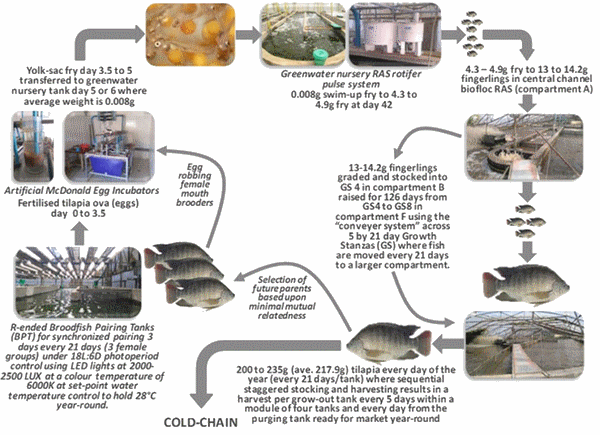
Biofloc fish farming economics. BIOFloc Technology is now getting more popular among Fish Farmers. Biofloc fish farming is popular and has the potential of very high ROI if done right. But the total profit generated using biofloc technology was 23 higher than the profit generated using fresh water method.
Commercial Fish farming can be very much profitable if you are planning the project considering facts like climate soil and market demand. Bioflocs are clustered aggregations of microbial communities such as phytoplankton bacteria and living and dead particulate organic matter Fig. Biofloc technology is a technique of enhancing water quality in aquaculture through balancing carbon and nitrogen in the system.
In the BIOFloc System Water Quality plays a major role in providing the required environment for fishes. Biofloc system reduces the pressure on capture fisheries that means the use of cheaper food fish and trash fish for fish feed formulation. It reduces the use of protein-rich feed and the cost of standard feed.
Contact with us for any queries. The number of bacteria in such ponds is 106 up to 109 Bacteria in one cm3. Biofloc Technology is the new blue revolution in aquaculture which ensures sustainable production by breeding fish using minimum resources like feed water and land and thus preserving the nature.
Due to the high stocking density of various fish species and rearing of aquatic animals requires wastewater treatment biofloc system is one kind of wastewater treatment method. How profitable is Biofloc fish farming. Shrimp and tilapia especially benefit from BFT due to their ability to filter-feed on floc in the water column thereby reducing feed.
Usual issues in traditional fish farming like high opex high cost of vast lands expensive processes of feeding challenging work of disposal and discharge of the waste sludge will all not be problems AT ALL when you go in for a. Fish grows to about 200 grams within 3 months and 700 -800 grams within 6 months. Strong economic incentives for an aqua-culture business to be more efficient with production inputs especially the most costly feed and most limiting water or land.
At its core biofloc is a waste treatment system. Disease Control Environment. In fact leading scientists believe that harnessing the flow of microbes to fish represents the next revolution in food production see part 1 and part 2 of this article.
Biofloc farming a new way of doing fish farming in limited space and can be started with very minimal investments. Biofloc technology BFT promises to revolutionize tilapia and shrimp aquaculture industries globally. In an aquaculture production system the main influencing factor is the feed cost ie 60 of the total production cost is due to feed.
Traditional Fish Famers across the world are now adopting this new technology as it is more profitable. Therefore depending on the local market demand fish can be partially harvested on a daily basis to generate daily income for farmers. Biofloc culture is an innovative and cost-effective technology in which toxic materials to the fish and shellfish such as Nitrate Nitrite Ammonia can.
The pond becomes a biotechnological industry Biofloc. The study shows that the biofloc based nursery rearing of milkfish is economically viable and more profitable to the Clearwater culture system and. It was found that the production cost using biofloc technology was 20-30 higher than that of traditional fresh water method.
Biofloc systems were also developed. Despite indicative growth and feed cost savings demonstrated in experimental tilapia BFT systems in China Indonesia. Reduces water pollution and the risk of introduction and spread of pathogens.
High-density rearing of fish typically requires some waste treatment infrastructure. Considered as the new blue revolution in aquaculture Biofloc technology is currently the most profitable technique being used by the fish farmers.
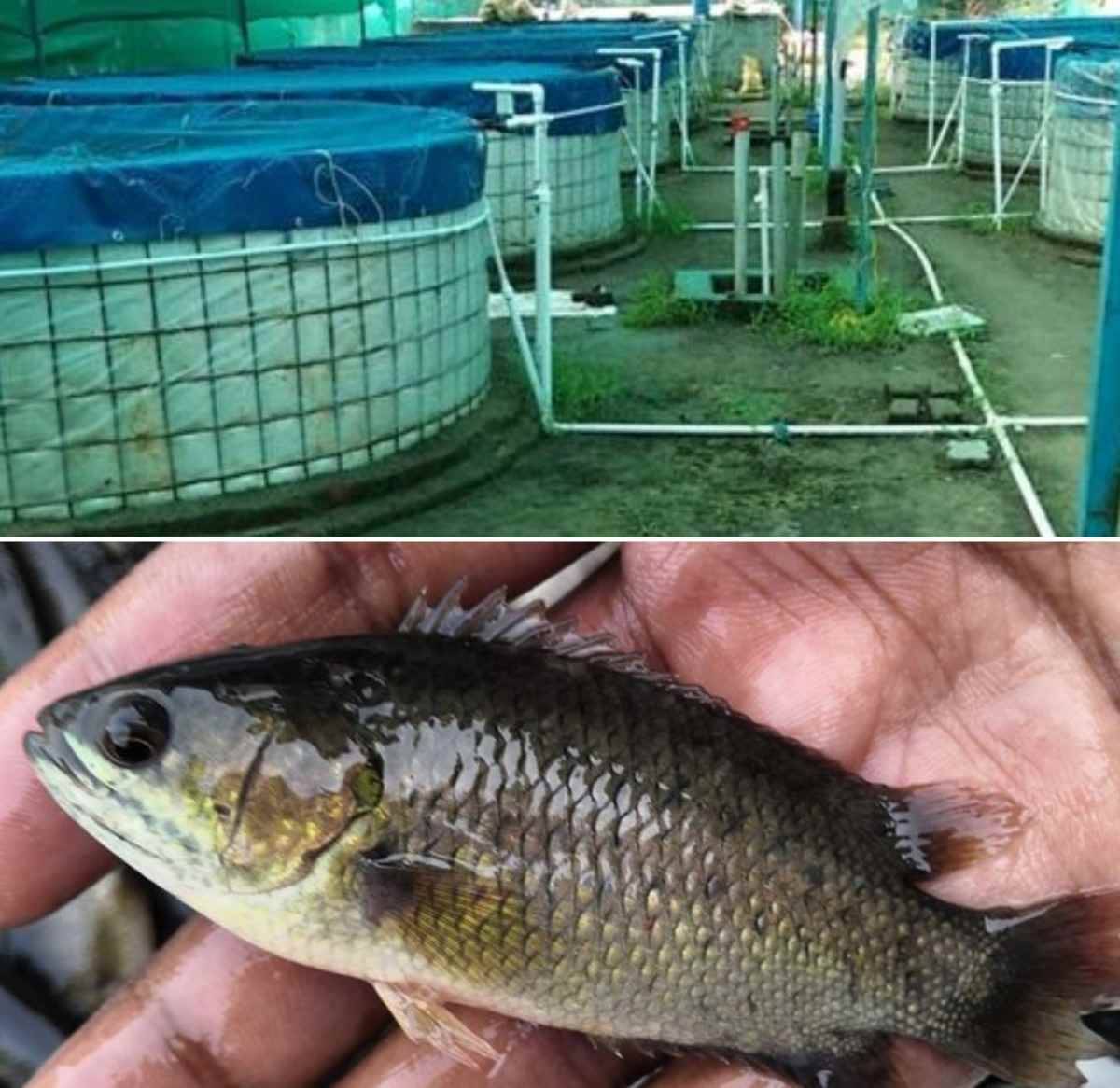
Double Your Income With Biofloc Fish Farming Know How Its Benefits
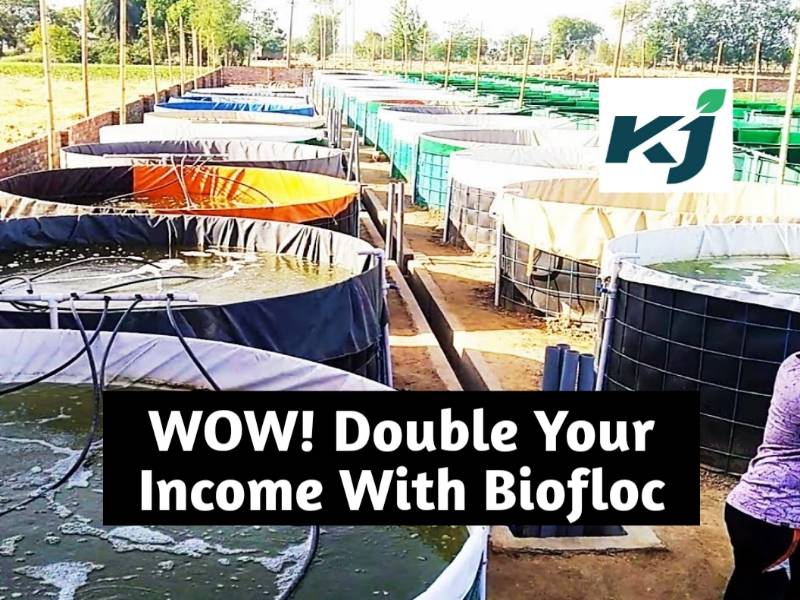
Double Your Income With Biofloc Fish Farming Know How Its Benefits
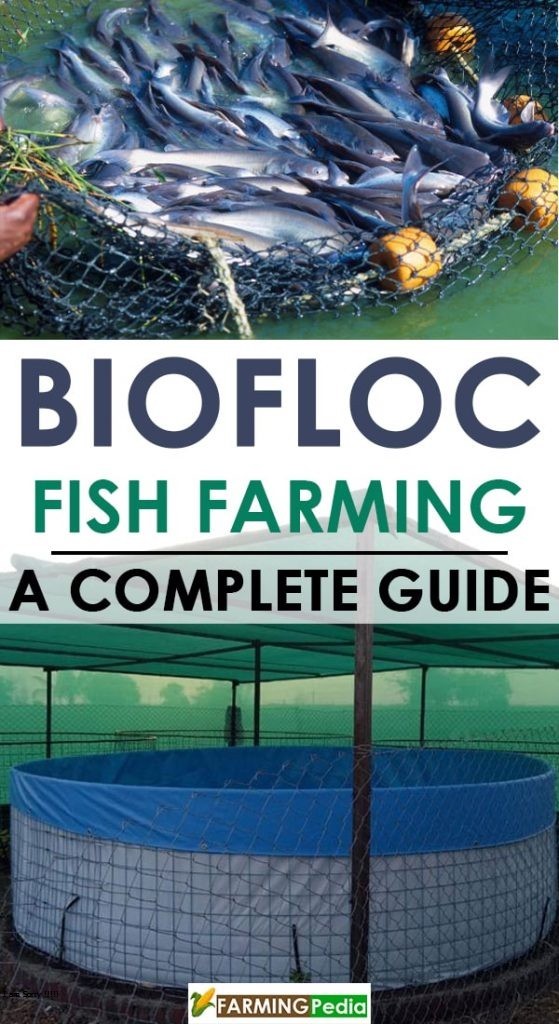
Biofloc Fish Farming A Complete Guide Farming Pedia

Biofloc Based Fish Farming Aquahub

Concept Of Ammonia Nitrogen Dynamics In Biofloc Aquaculture Pashudhan Praharee
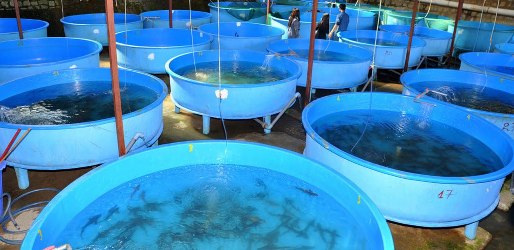
App On Twitter Biofloc Fish Farming Promises High Economic Returns Ensures Food Security Appnews Fishing Foodsecurity Https T Co Bxnrioyiee Https T Co Uybq9xsgdd

Cost Of Biofloc Farming Biofloc Setup Cost Disadvantages Agri Farming
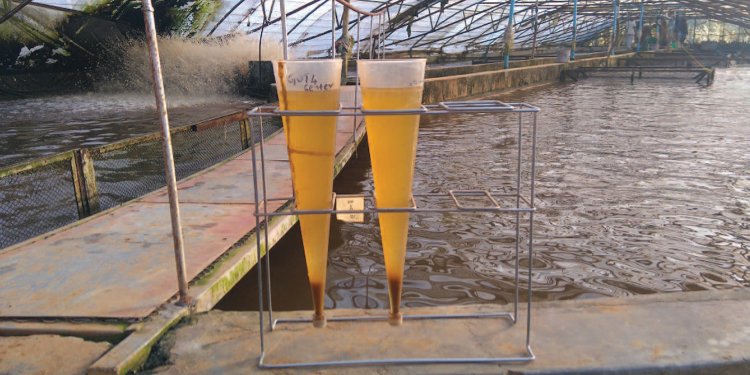
World Aquaculture Society Large Scale Biofloc Tank Culture Of Tilapia In Malawi A Technical Success Story World Aquaculture Society

Biofloc Fish Farming Promises High Economic Returns Ensures Food Security Baaghitv English
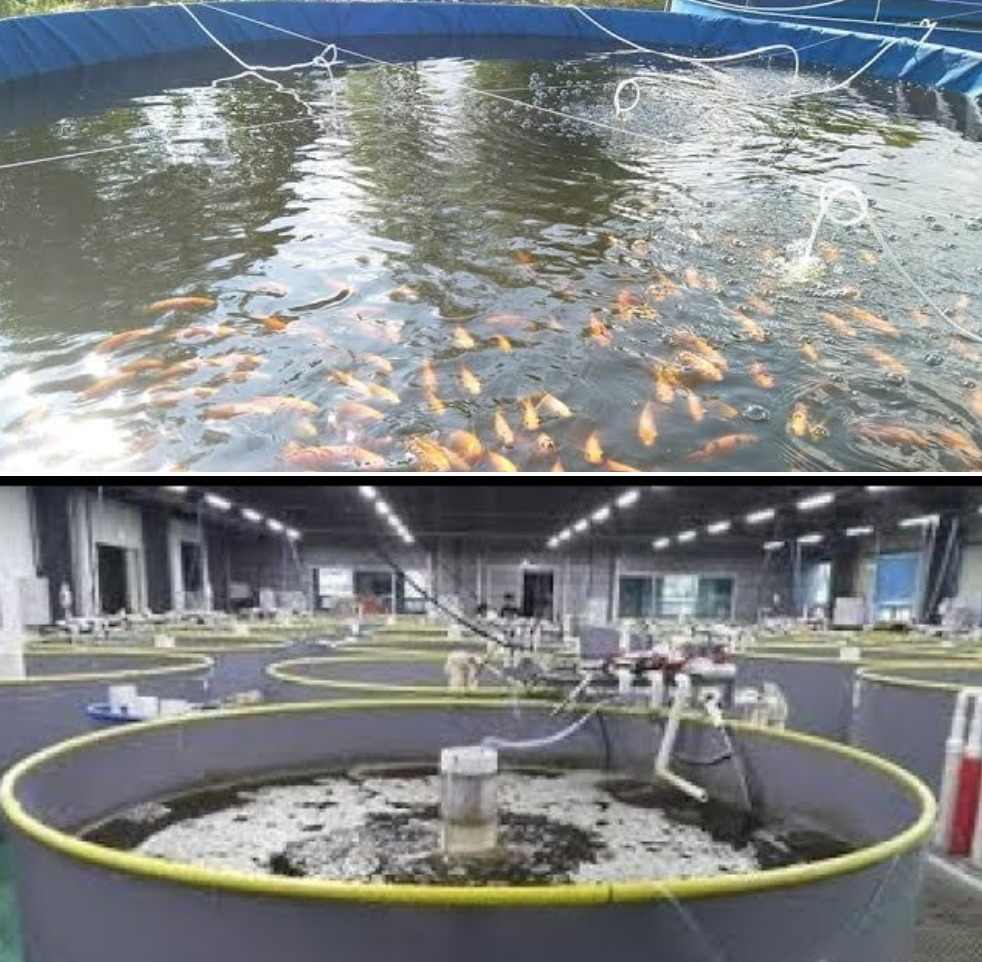
Cost Of Biofloc Farming Biofloc Setup Cost Disadvantages Agri Farming
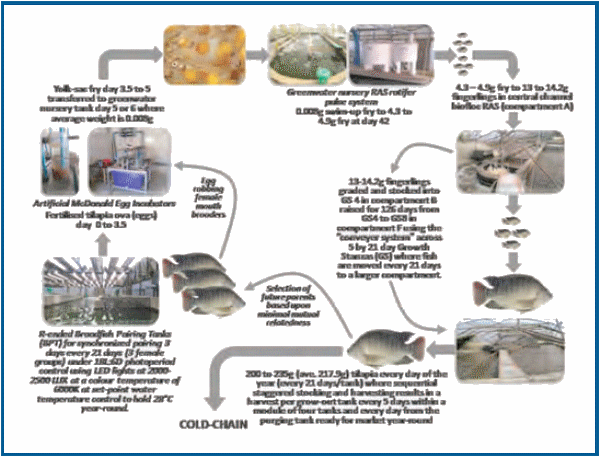
Large Scale Biofloc Tank Culture Of Tilapia In Malawi A Technical Success Story Engormix

Biofloc Fish Farming Benefit Investment Profit
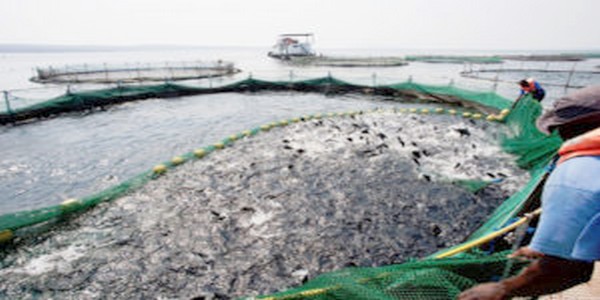
Optimizing Tilapia Biofloc Technology Systems Part 3 Engormix
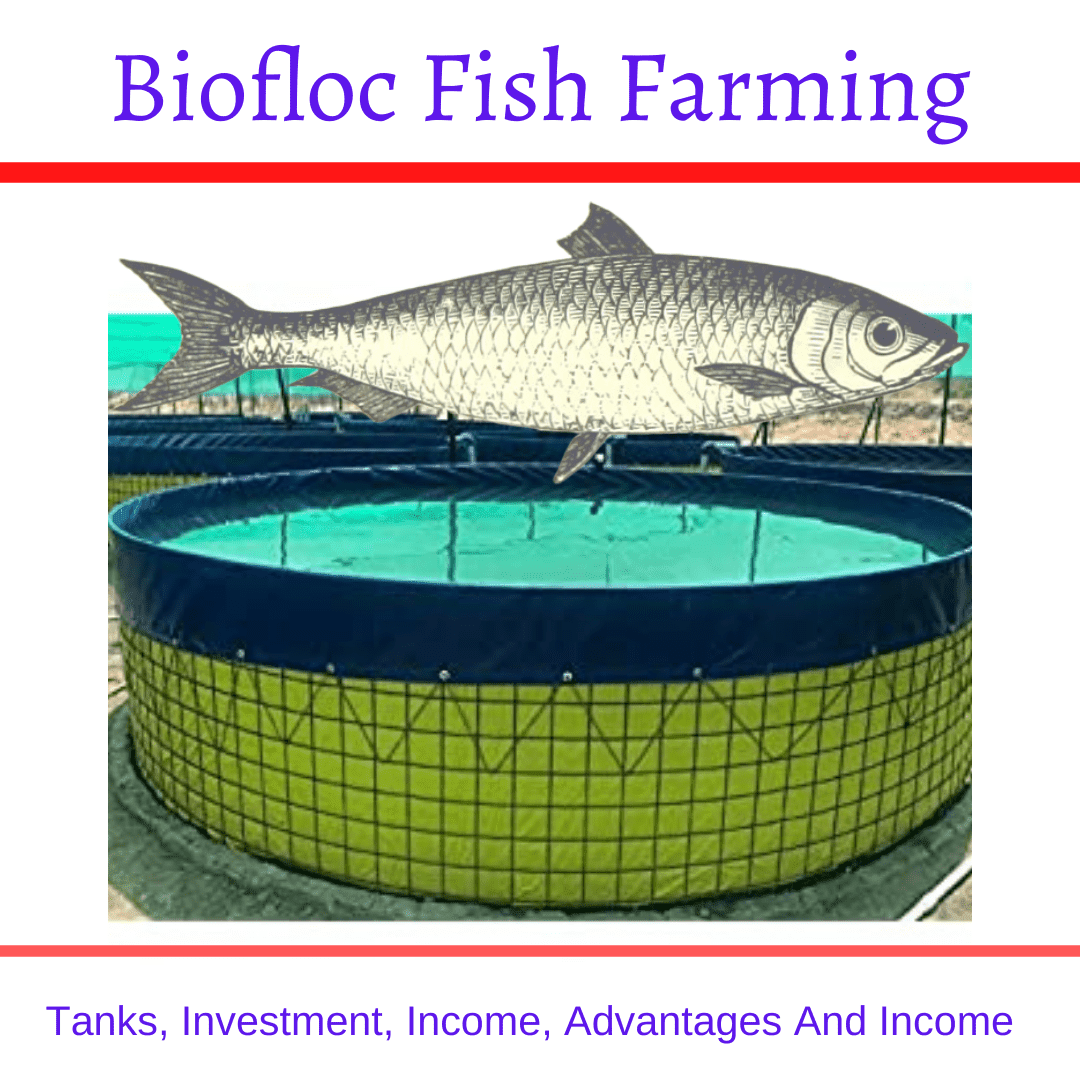
Biofloc Fish Farming Investment And Profit

Optimizing Tilapia Biofloc Technology Systems Part 1 Engormix

Model Detailed Project Report On Biofloc System For Inland Culture Pashudhan Praharee

Biofloc Technology The New Blue Revolution In Aquaculture Global Village Space
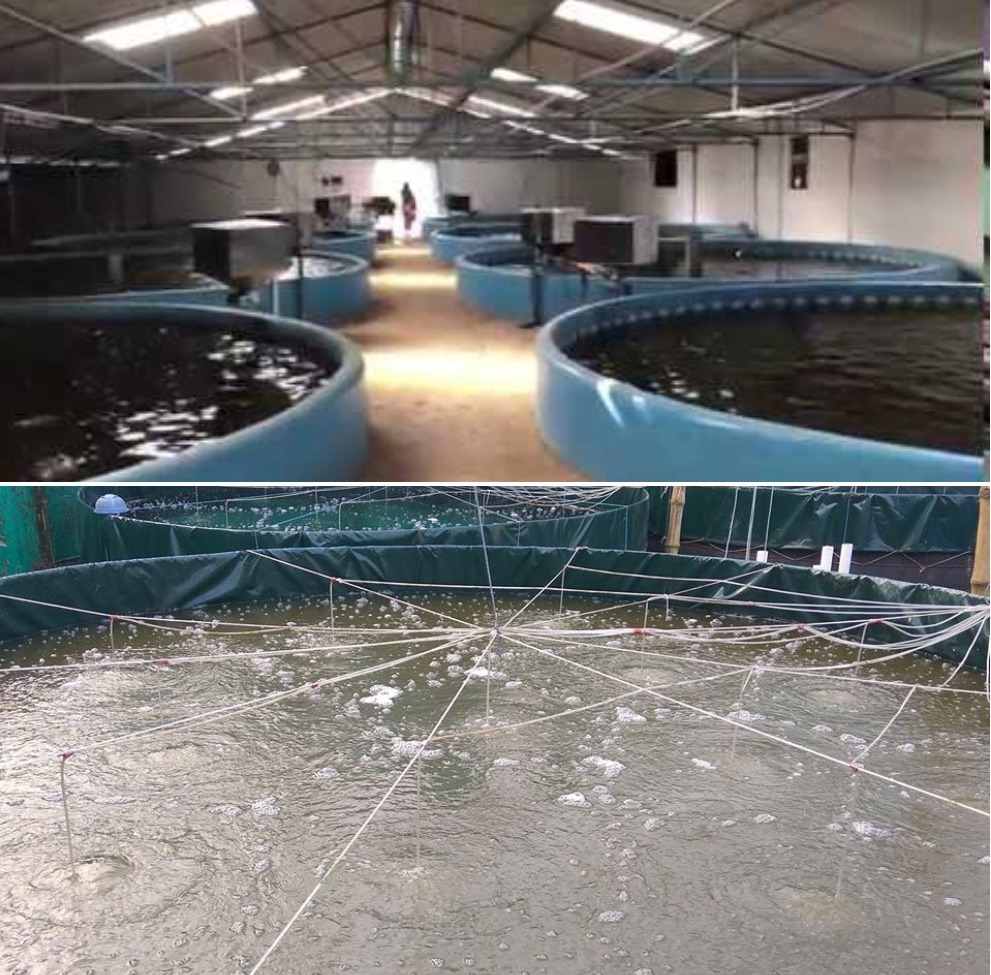
Cost Of Biofloc Farming Biofloc Setup Cost Disadvantages Agri Farming
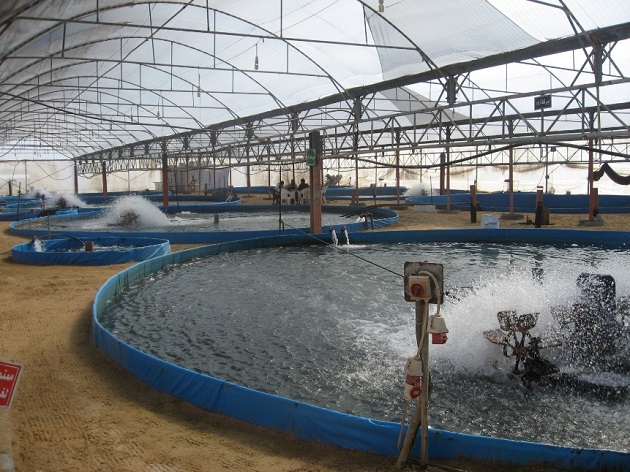
Indian State Pushes Biofloc Tech For Land Based Aquaculture Rastech Magazine
Post a Comment for "Biofloc Fish Farming Economics"